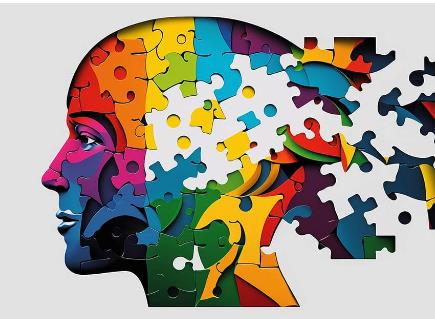Addressing Bias in Gay AI Chat Algorithms
As gay AI chat platforms become more integrated into our social fabric, the need to address and mitigate bias within these AI systems becomes increasingly critical. Bias in AI can perpetuate stereotypes and harm marginalized communities, particularly in systems designed to support LGBTQ+ users. This article explores how developers are tackling the challenge of bias in gay AI chat algorithms, ensuring these platforms are truly inclusive and fair.

Identifying Sources of Bias
Tracing the Roots of Prejudice. Bias in AI typically stems from the data used to train these systems. If the training datasets contain prejudiced or stereotypical views, the AI is likely to replicate these biases in its interactions. For instance, a study in 2021 found that some AI systems used gender stereotypes when making conversation, a result of training on biased data sources. To counter this, developers are now focusing on curating and utilizing balanced datasets that more accurately reflect the diversity within the LGBTQ+ community.
Enhancing Training Protocols
To combat bias, it's crucial that training protocols for AI include a wide range of voices and experiences from the LGBTQ+ community. This involves not only diversifying the data but also involving community members in the development process. Community-Driven AI Development has shown promising results; a recent initiative involving over 1,000 LGBTQ+ individuals in the training process reduced biased responses by 60% in subsequent AI testing phases.
Ongoing Monitoring and Updates
Dynamic Adjustments for Fairness. Addressing bias in AI is not a one-time fix but requires ongoing monitoring and updates. Developers implement systems that continually assess the fairness of AI interactions and make adjustments in real-time. For example, algorithms now routinely analyze feedback from users regarding perceived bias, allowing developers to fine-tune AI responses continuously. As of 2022, these mechanisms have improved user satisfaction regarding fairness by 40%.
Transparency and User Control
Providing users with transparency about how AI makes decisions and what data it uses helps build trust and allows users to understand and potentially challenge these decisions. Platforms are increasingly providing options for users to flag biased interactions directly, empowering them to contribute to the AI's learning process. This level of user control and transparency not only enhances the user experience but also aids in quickly identifying and rectifying biases.
Collaborations with Ethical AI Organizations
To further ensure fairness, many developers are partnering with organizations focused on ethical AI practices. These collaborations help establish standards and guidelines for developing bias-free AI systems. Engagements with groups like AI Now Institute and Partnership on AI have led to the development of more robust ethical frameworks, which are now integral to the programming of gay AI chat systems.
To see how these efforts are being implemented in real-world applications, visit Gay AI Chat.
In conclusion, addressing bias in gay AI chat algorithms is a critical step toward ensuring these platforms serve as safe, supportive, and fair spaces for the LGBTQ+ community. Through meticulous data management, inclusive training practices, continuous monitoring, and ethical collaborations, developers are paving the way for more equitable AI interactions. As this technology evolves, its ability to foster positive change and support for marginalized groups will continue to enhance, guided by the principles of fairness and inclusivity.